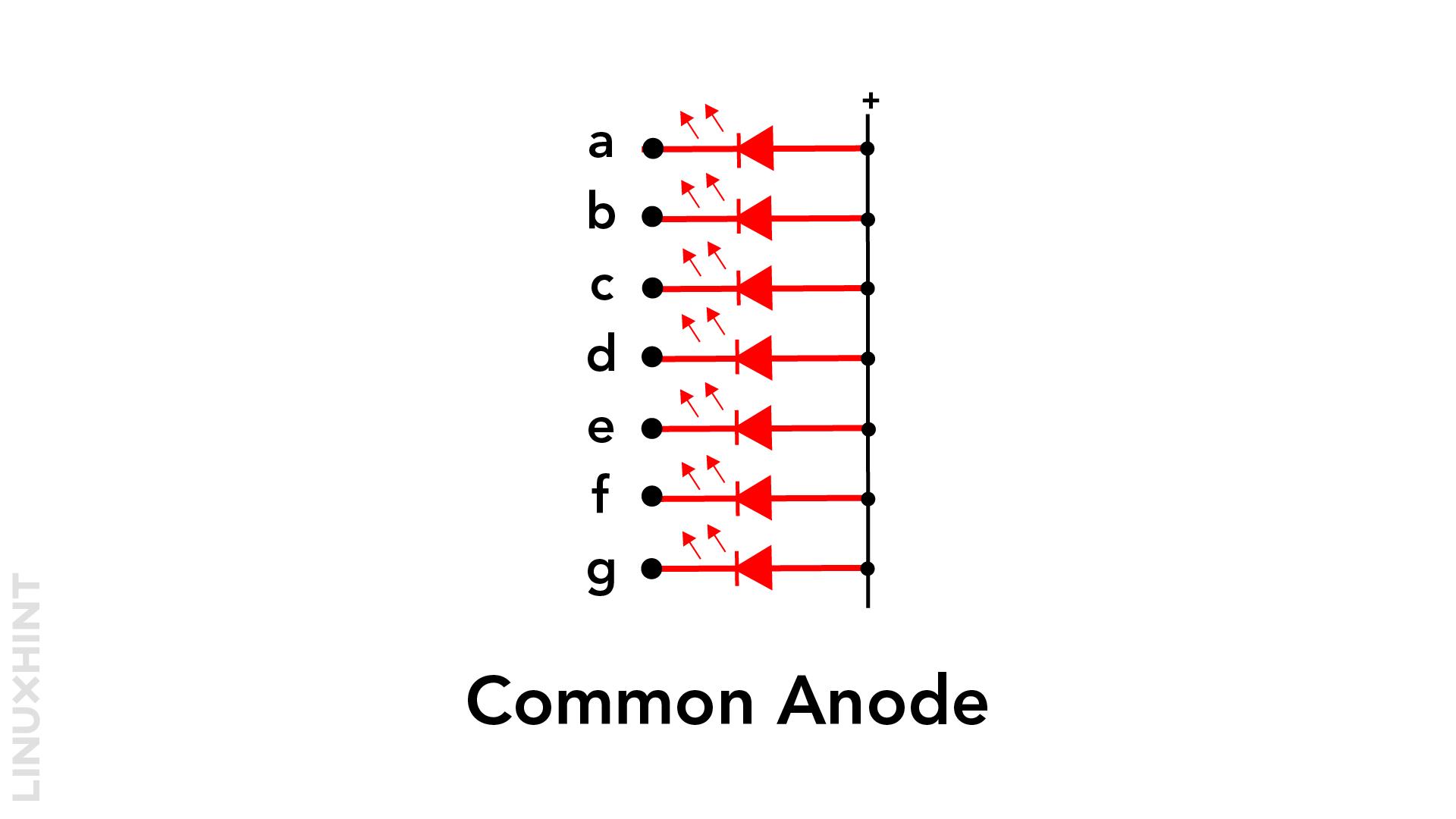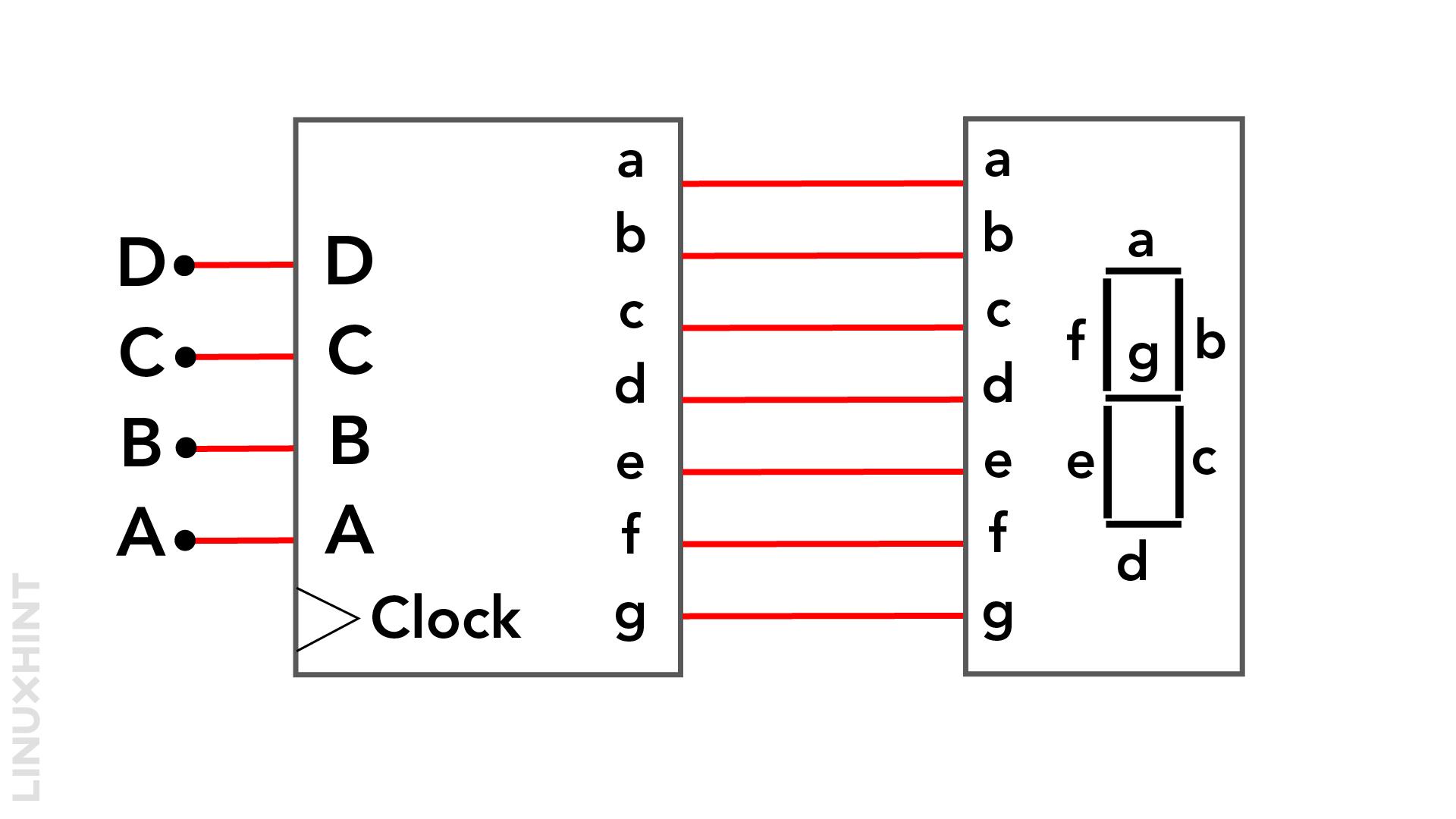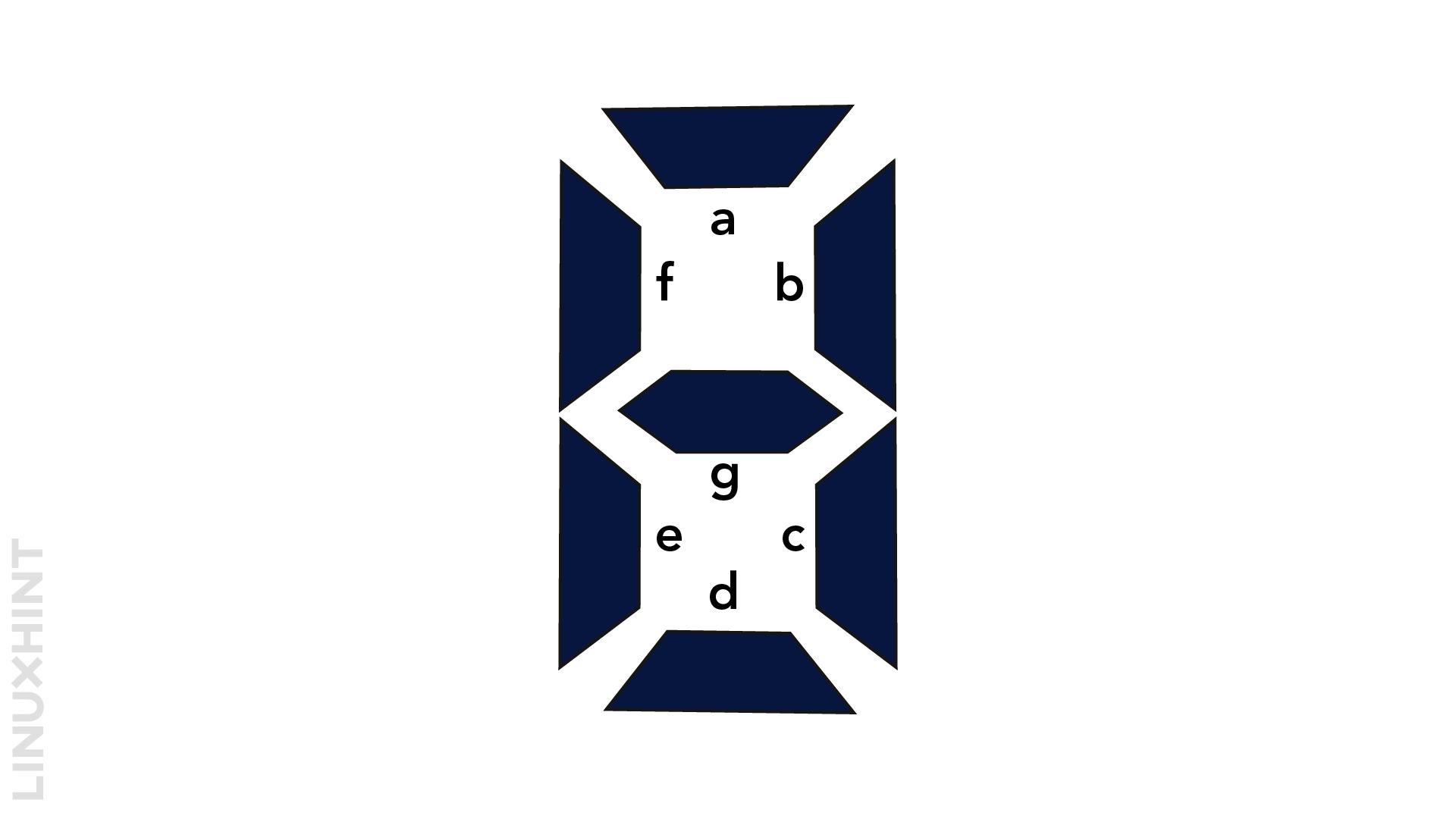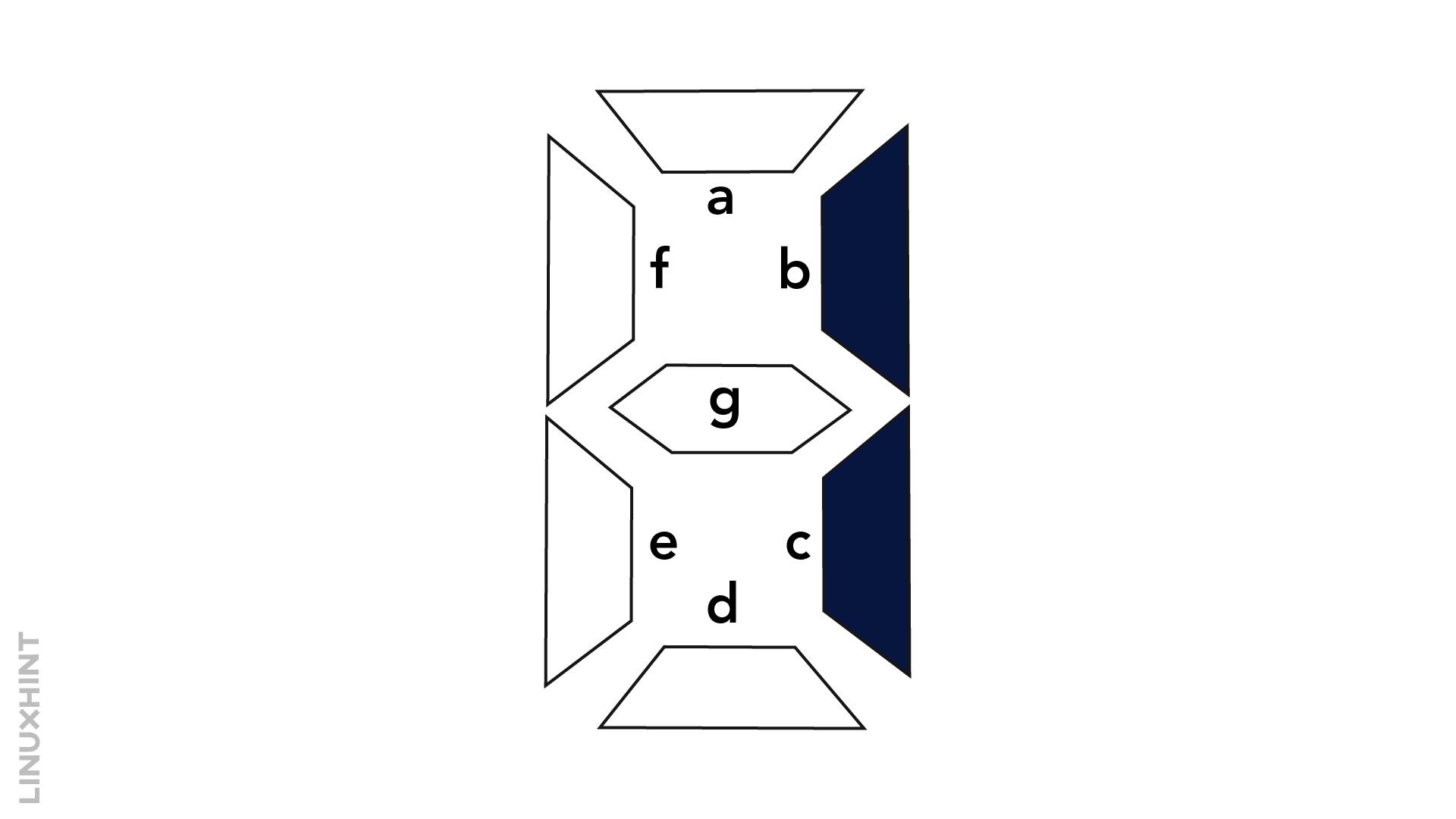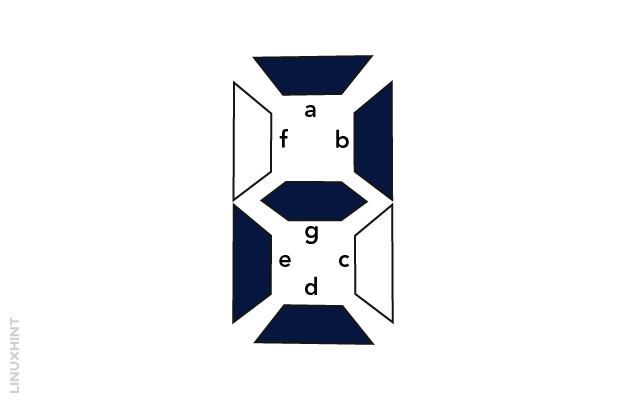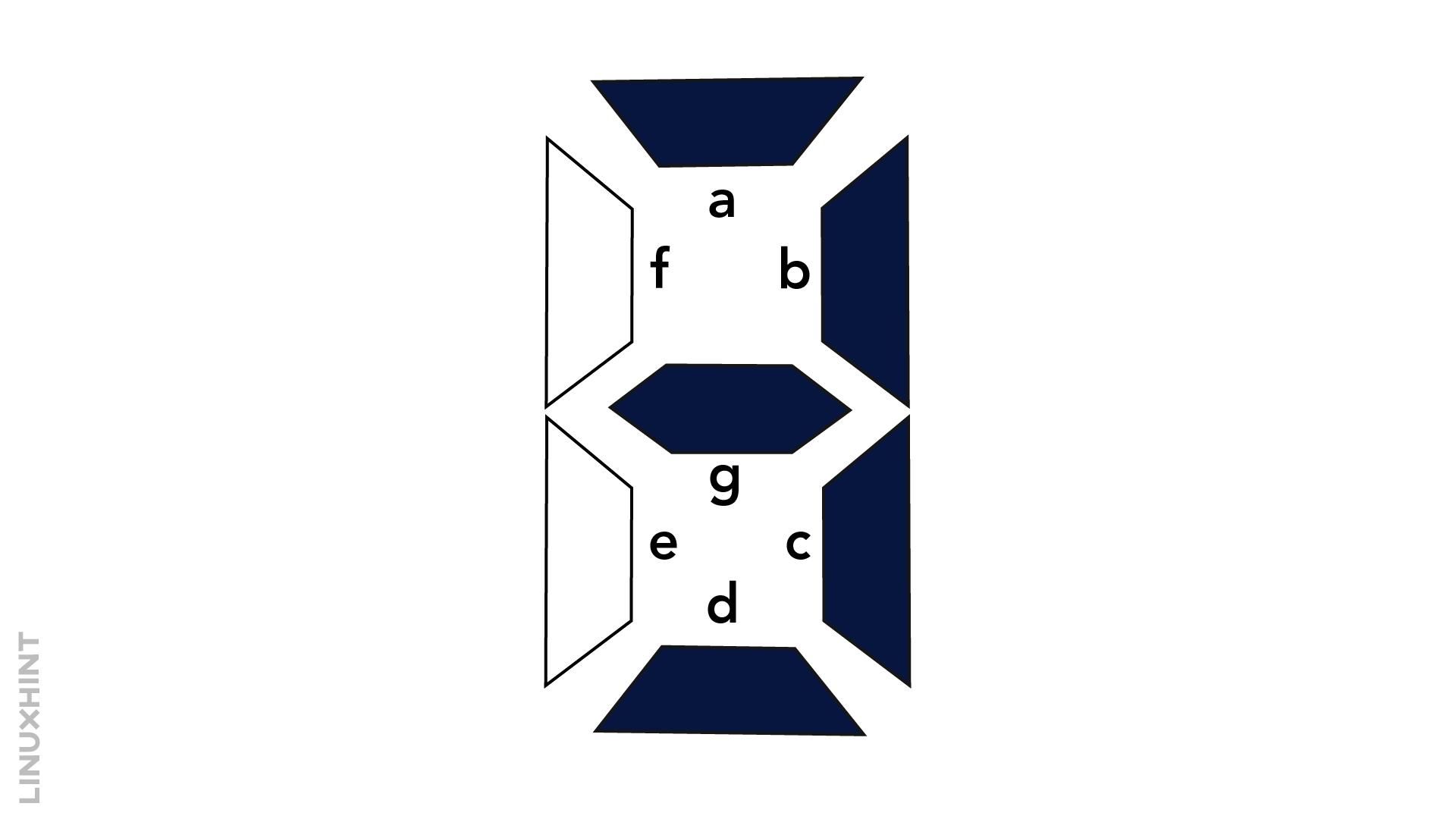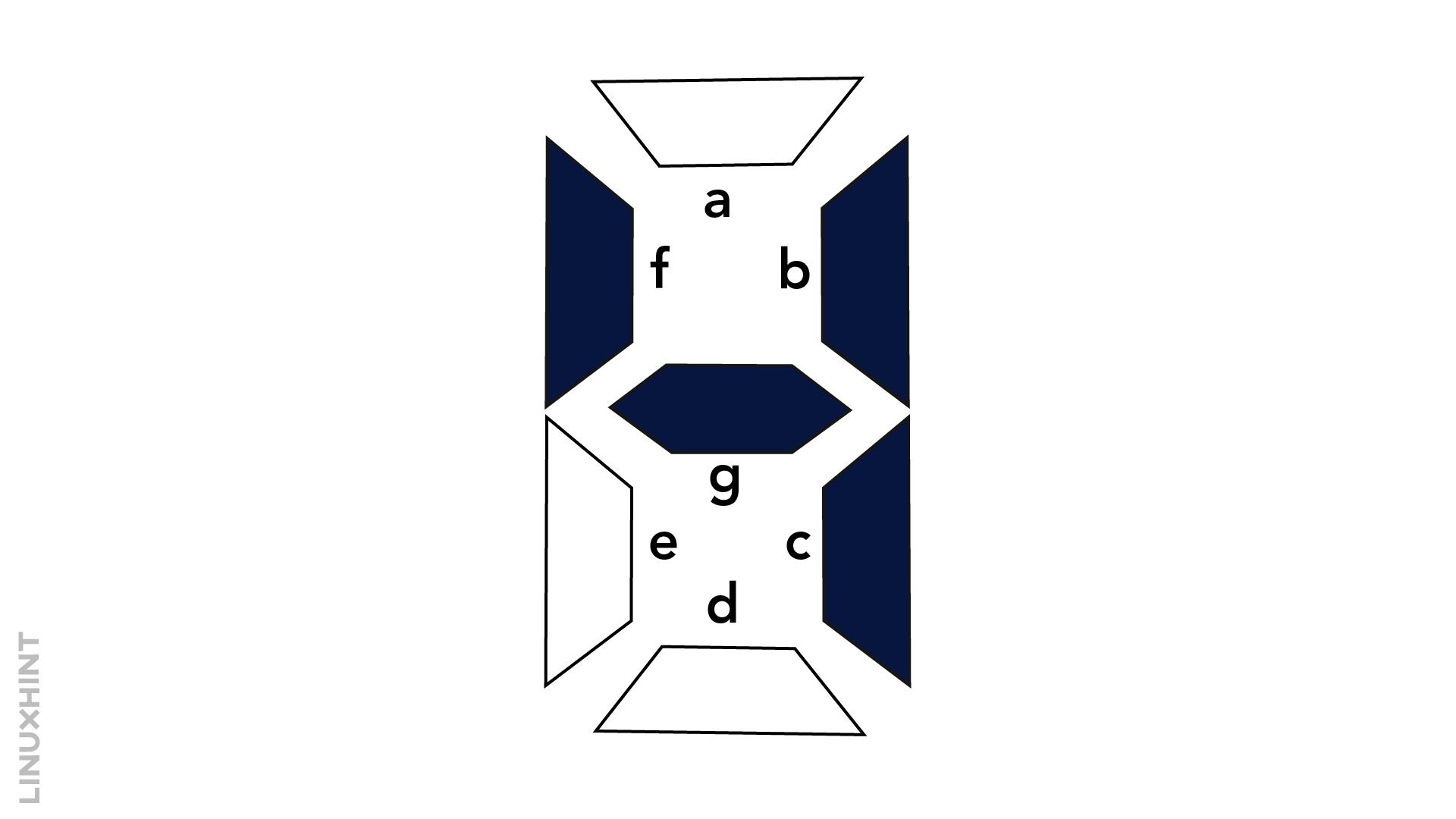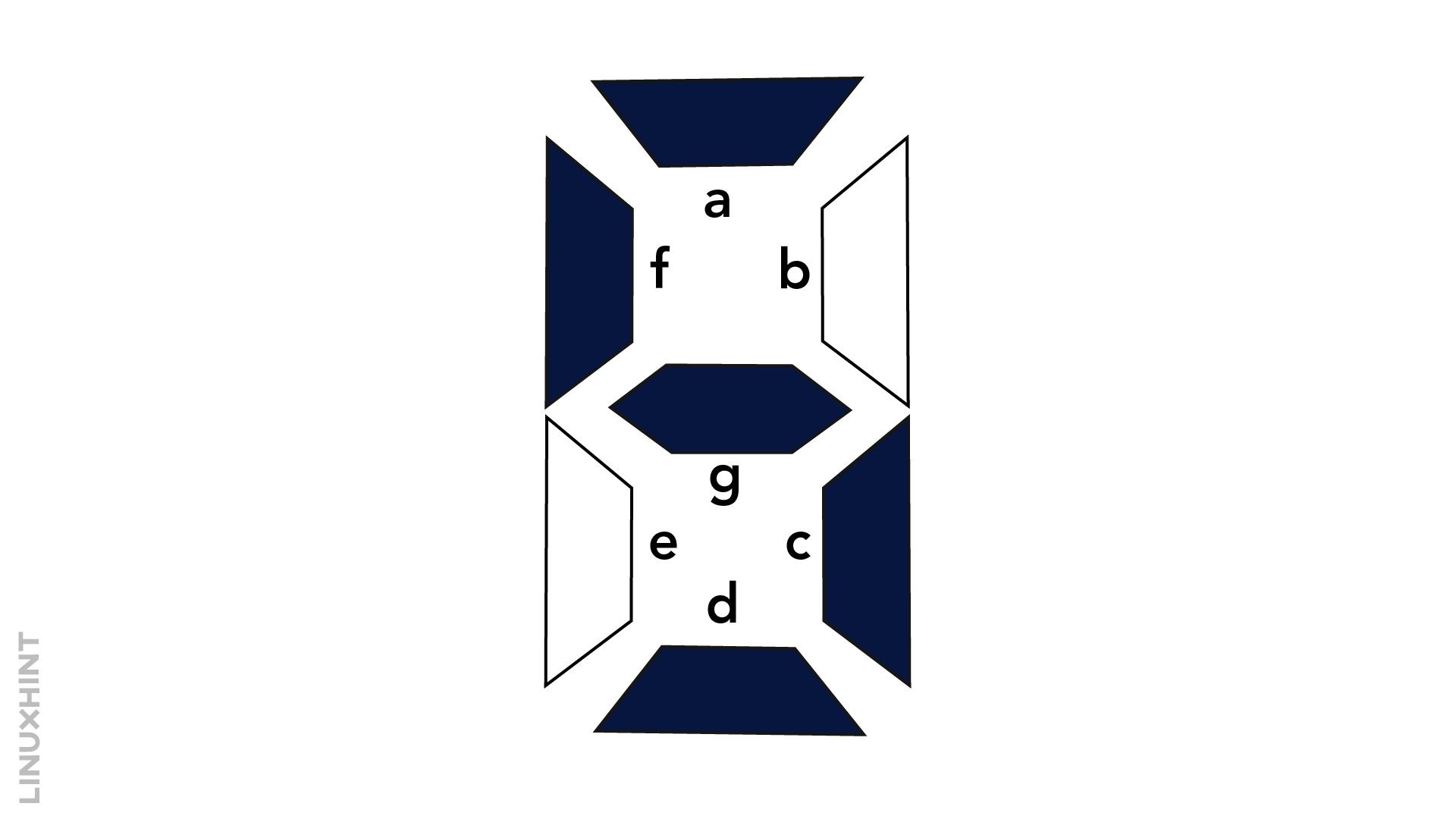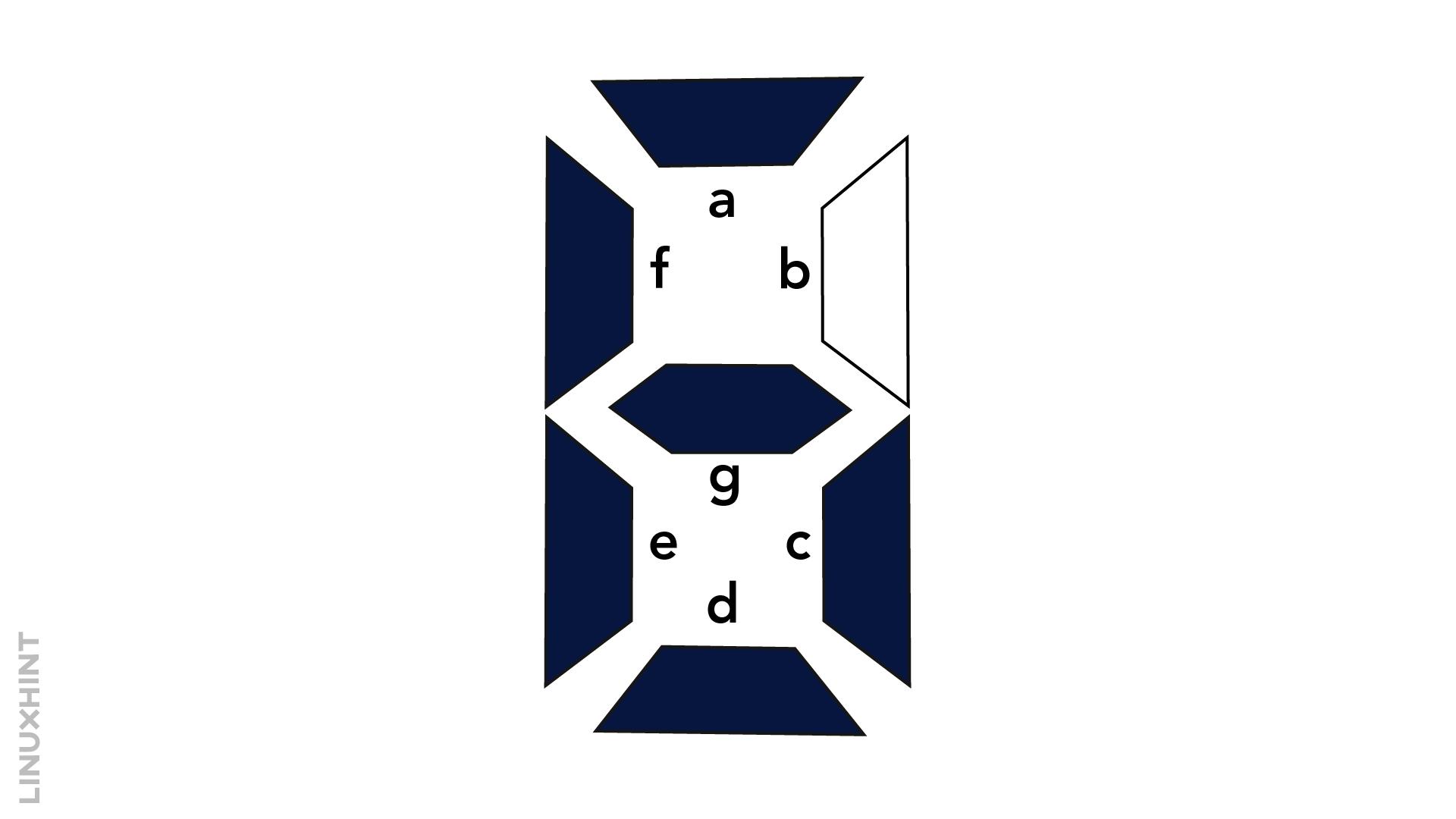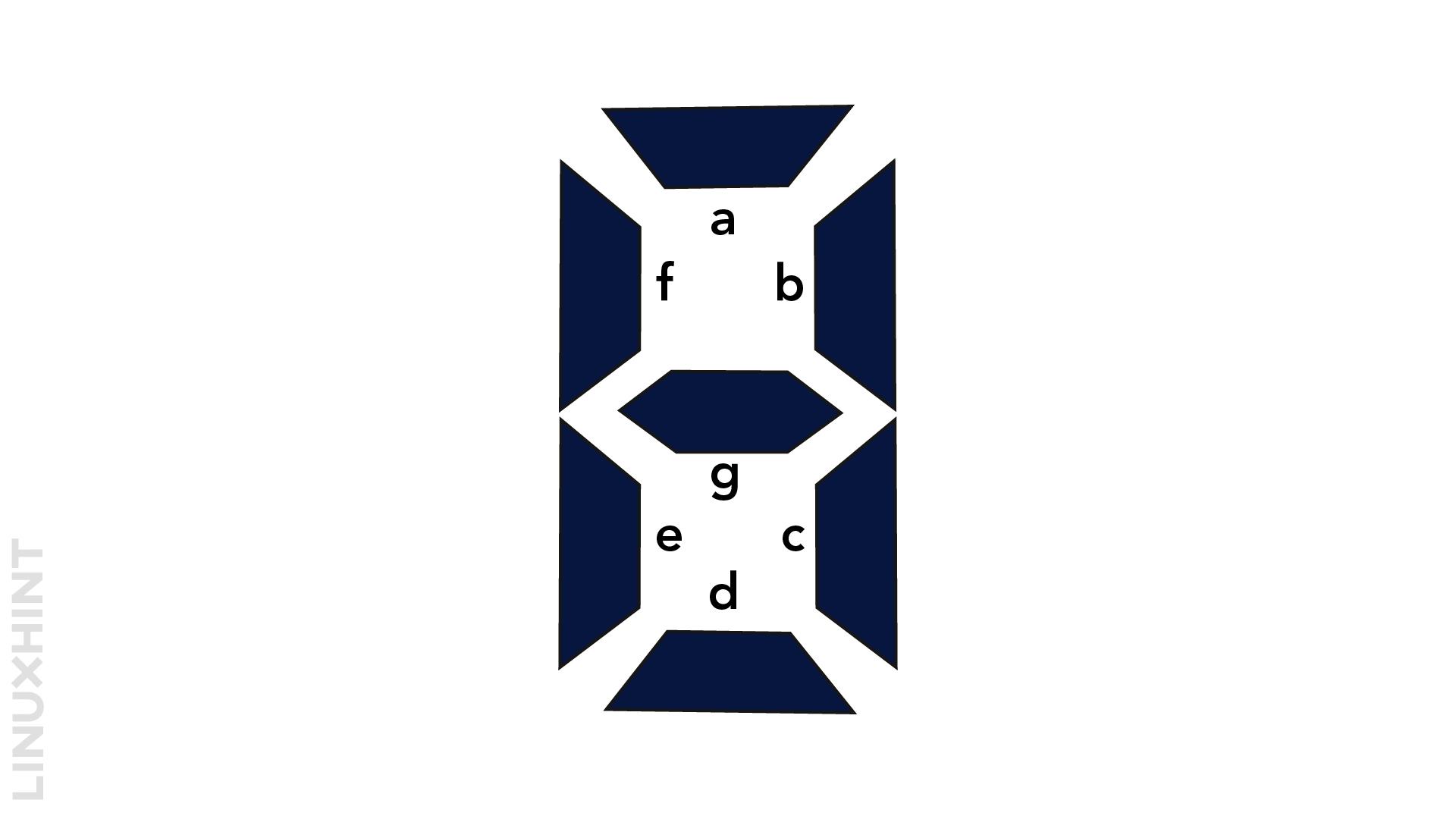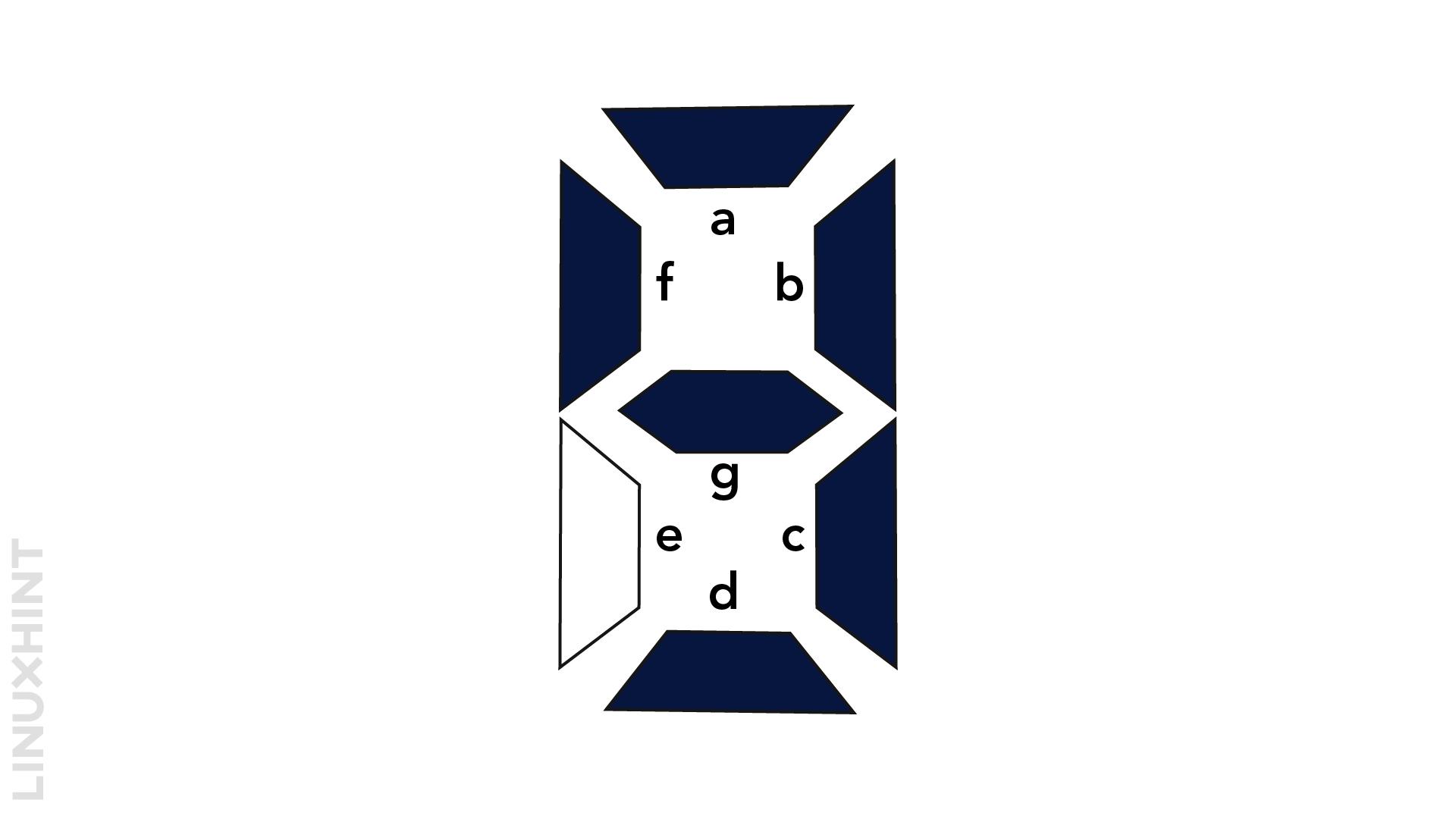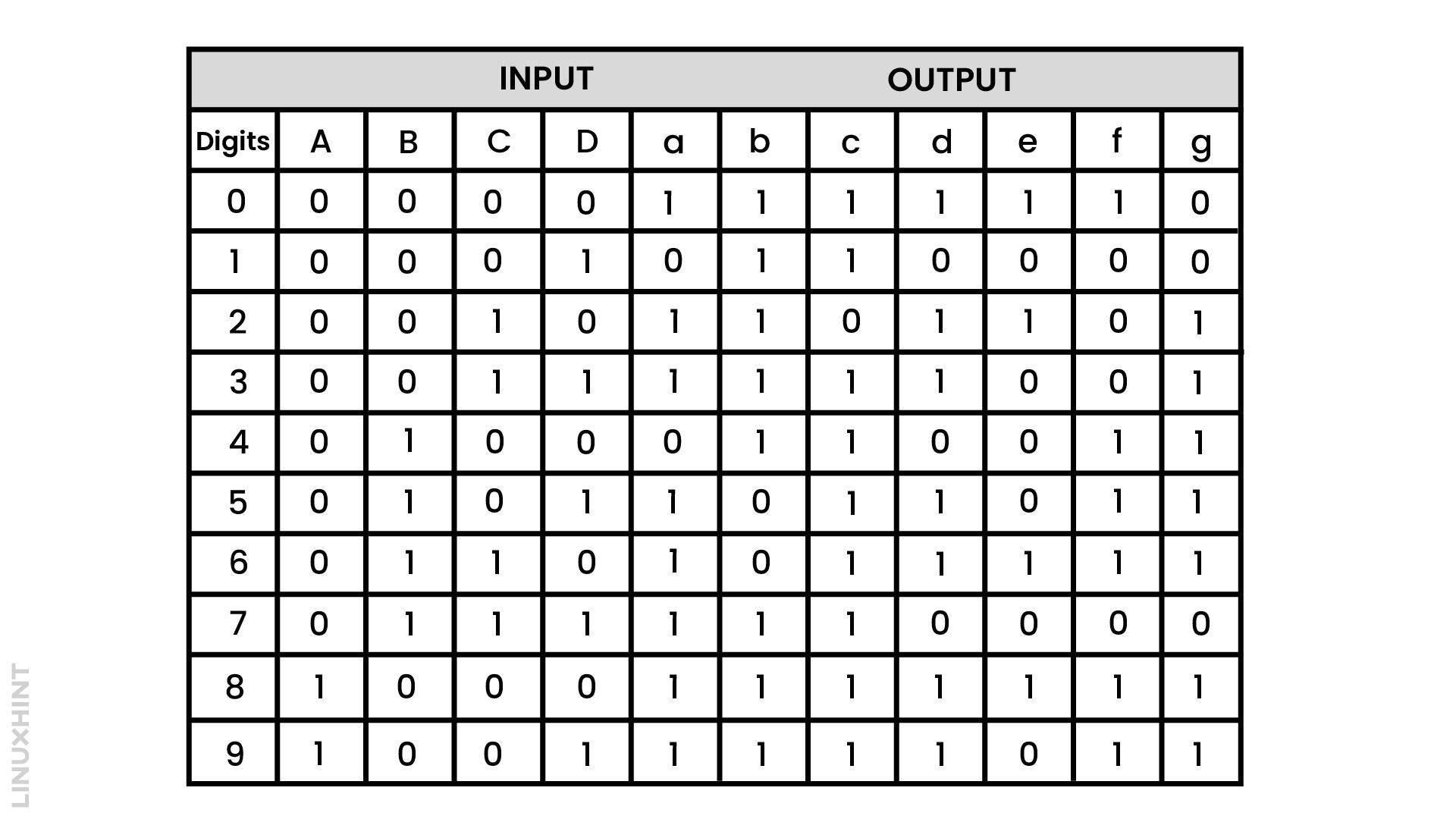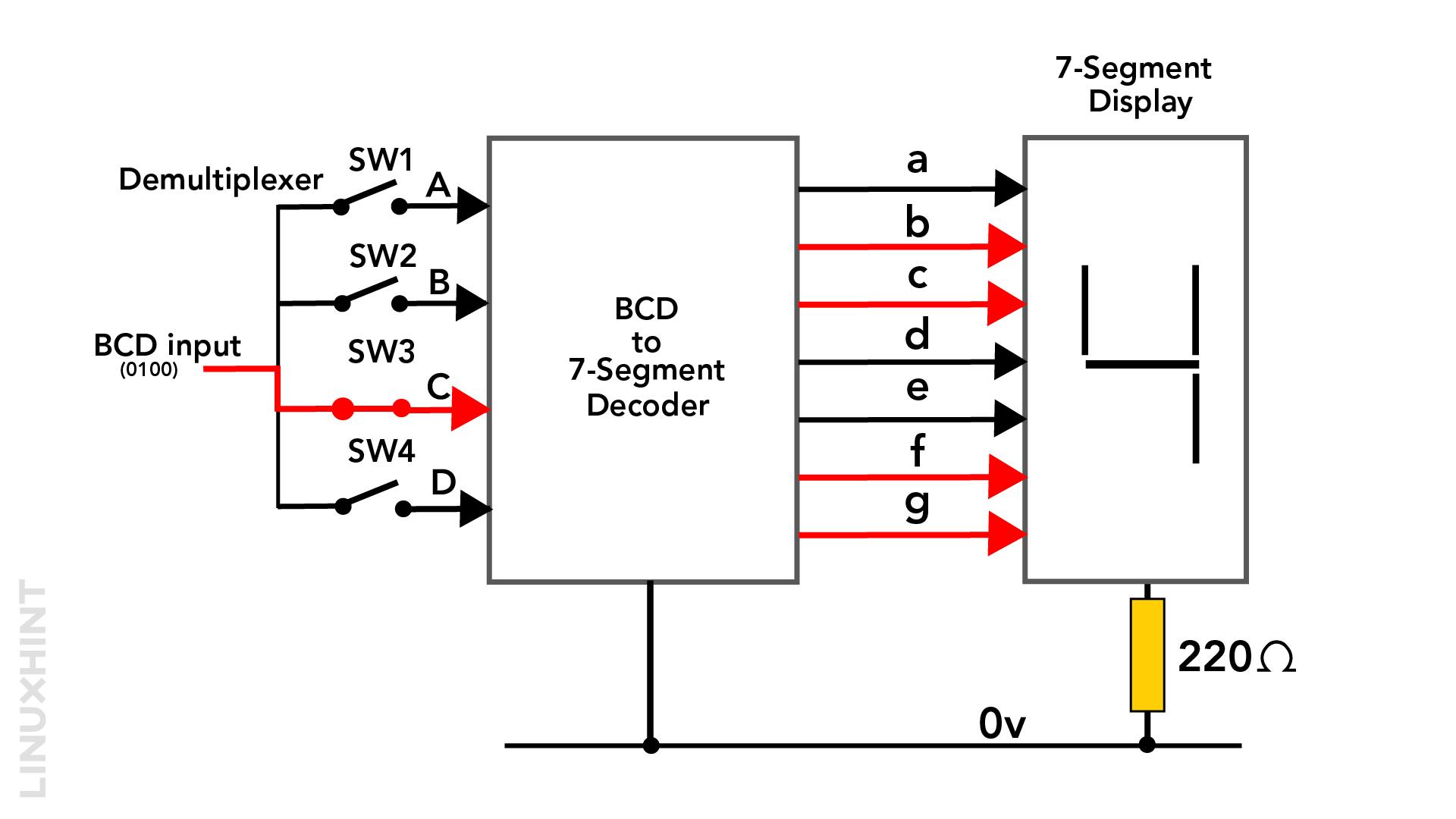7-Segment Display
The simplest and easiest way of displaying the digital numbers, alphabet, and letters can be done by 7 a segment display. There are seven different colors on one display package to represent the 7-segment display. There are 8 inputs on a 7-segment display, one for display of each LED and one is common to all the inputs. This display also contains some additional inputs. 74LS47 is the most popular IC used to convert the BCD to a 7-segment display.
A 7-segment display is divided into two types:
Common Cathode Type
The type of display in which the cathode of all the LED is common to 0 or LOW. The desired segment is displayed by connecting the individual to 1 or HIGH. A common cathode type 7-segment display is shown in the below figure.
Common Anode Type
The type of display in which the cathode of all the LED is common to 1 or HIGH is the common anode type. The desired segment is displayed by connecting the individual to 0 or LOW. A common anode type 7-segment display is shown in the below figure.
Working Principle of 7-Segment Display
There are seven segments on this display, which are represented as ‘a’, ‘b’, ‘c’, ‘d’, ‘e’, ‘f’, and ‘g’. These segments are shown in the figure below:
Now give the description of displaying numbers from 0 to 9 on this display. For the display of digit 0 need to on the ‘a’, ‘b’, ‘c’, ‘d’, ‘e’, ‘f’ and just off the ‘g’ segment:
For the display of digit 1 need to on the ‘b’, ‘c’ and off the ‘a’, ’f’, ‘g’, ’e’, ‘d’ segment:
For the display of digit 3 need to on the ‘a’, ‘b’, ‘d’, ‘g’, ‘e’ and off the ‘f’, ’c’ segments:
For the display of digit 3 need to on the ‘a’, ‘b’, ‘d’, ‘g’, ‘c’ and off the ‘f’, ’e’ segments:
For the display of digit 4 need to on the ‘b’, ‘c’, ‘f’, ‘g’ and just off the ‘a’, ’e’, ‘d’ segments:
For the display of digit 5 need to on the ‘a’, ‘g’, ‘c’, ‘d’, ‘f’ and off the ‘b’, ‘e’ segments:
For the display of digit 6 need to on the ‘a’, ‘g’, ‘c’, ‘d’, ‘e’, ‘f’ and just off the ‘b’ segment:
For the display of digit 7 need to on the ‘a’, ‘b’, ‘c’ and off the ‘g’, ‘d’, ‘e’, ‘f’ segments:
For the display of digit 8 need to on all ‘a’, ‘b’, ‘c’, ‘d’, ‘e’, ‘f’, ‘g’ segments:
For the display of digit 9 need to on the ‘a’, ‘b’, ‘c’, ‘d’, ‘g’, ‘f’ and just off the ‘e’ segment:
Truth Table of 7-Segment Display
K map is the simplification of expression to find the truth table of 7-segments. All segments from ‘a’ to ‘g’ are found out by this map:
Example of BCD to 7-Segments Display
The simplest implementation of BCD to 7-segment display is shown in the above example, in this example BCD input is given to the decoder as shown in figure. Only one switch is on state, with the other three in the off state. The input is “0100” which is the BCD code of 4, by using the decoder the result of this BCD is converted to digits 4.
Conclusion
The 7-segment display is a very important component in the electronic field, used in maximum every digital display module. This display is made by both LCDs and LEDs, LEDs consume less power as compared to LCDs, which is the advantage of using LEDs over LCDs.


